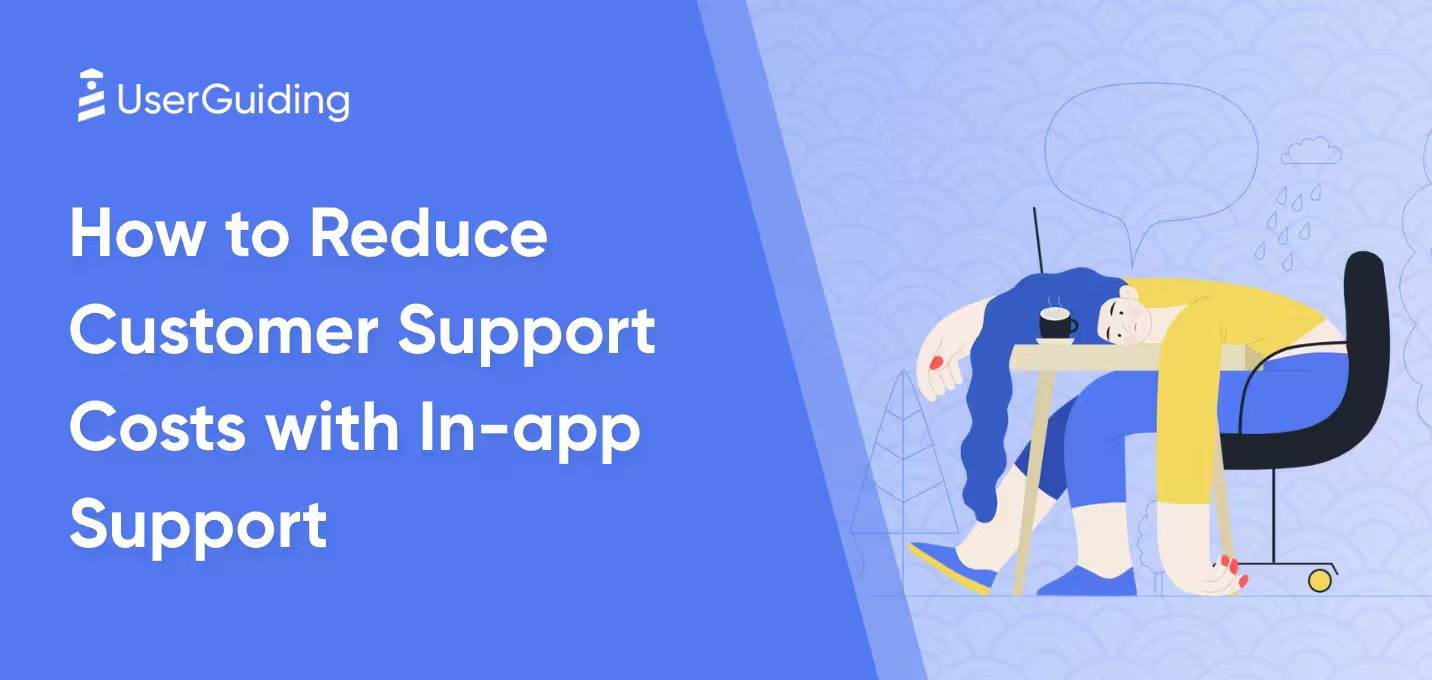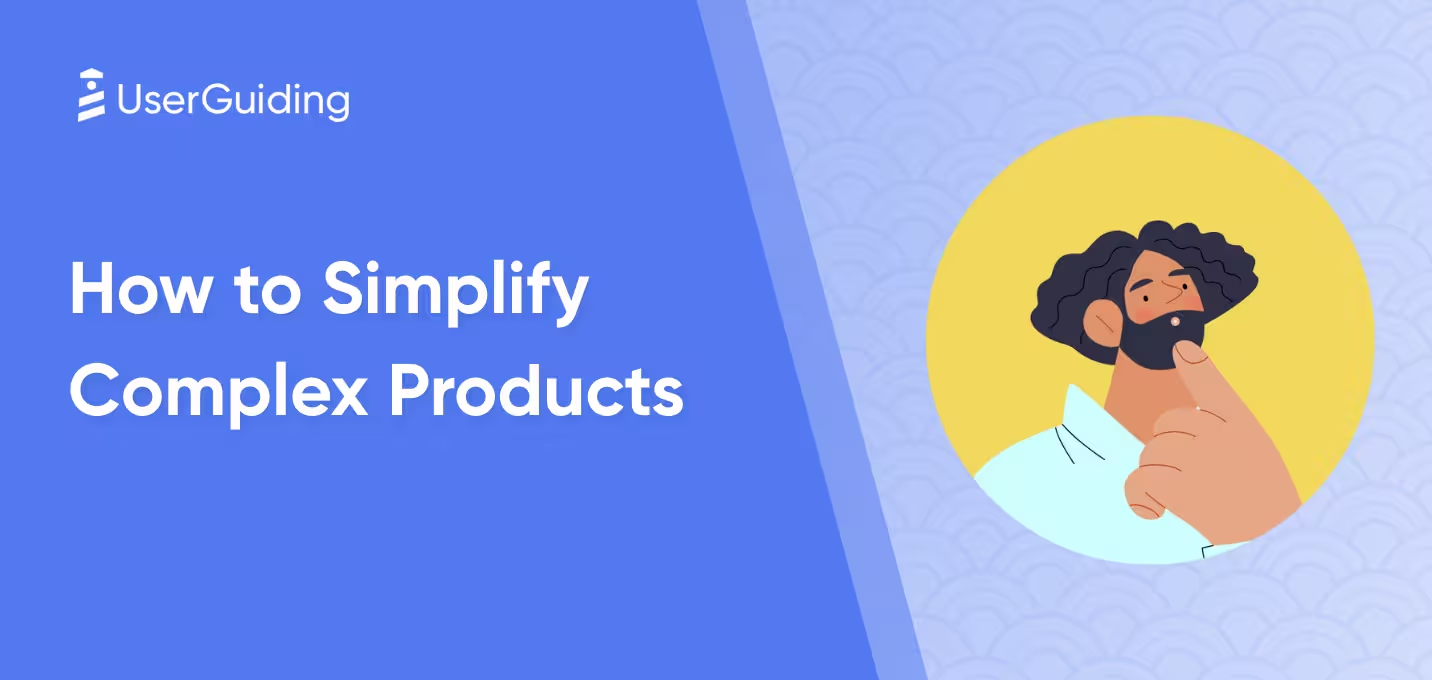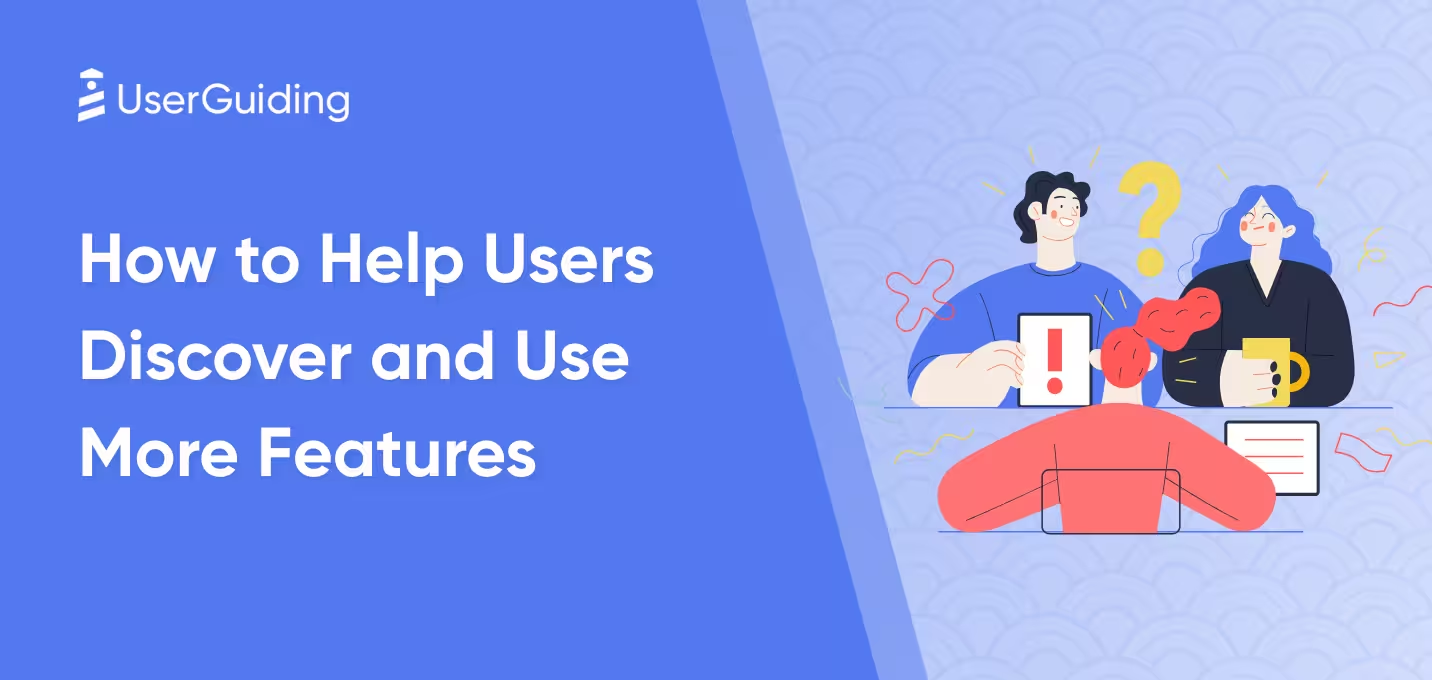

Want to boost customer loyalty, reduce churn, or improve your product? Customer pulse surveys are the way to go!
In this guide, we explore the essentials of powerful customer pulse surveys:
- what they are
- why they're essential for your business
- how you can leverage them to drive growth
Ready to turn insights into action? Let's dive in!
TL;DR
- Customer pulse surveys are short & frequent surveys to check customer satisfaction throughout their journey.
- They help you
- catch problems early,
- adapt to changing customer needs, and
- boost customer happiness.
- You can choose from
- transactional surveys for immediate feedback,
- event-triggered surveys for timely insights, and
- scheduled surveys for ongoing sentiment analysis.
- Some good practices cover: Keeping surveys clear and concise and acting on feedback promptly to demonstrate responsiveness and commitment to customer satisfaction.
- When? Send surveys after key interactions to capture fresh feedback and maximize response relevance.
What’s a Customer Pulse Survey?
A customer pulse survey is a quick and frequent practice to check in with your customers' satisfaction.
Unlike longer surveys, pulse surveys are short and to the point, often with just one or two questions.
This allows you to gather real-time feedback on specific touchpoints in the customer journey, helping you identify areas for improvement and address any urgent concerns.
Regularly conducted pulse surveys can provide valuable insights into your customers' evolving needs and experiences.
Why do you need to track customer pulse?
Tracking customer pulse is about checking in with your customers regularly, like little taste tests throughout their experience.
Here's why it's important:
Catch problems early: Hearing about an issue right away allows you to fix it before it snowballs into a bigger problem.
Stay ahead of the curve: Customer needs and preferences can change quickly. Pulse surveys help you identify these shifts and keep your offerings relevant.
Boost customer happiness: Knowing your customers are happy is fantastic! Regular pulse checks show you care about their experience and encourage them to keep coming back.
Types of Customer Pulse Surveys
Just like no medicine can cure all diseases, we cannot say that all customer pulse surveys affect the exact same part of the customer journey.
Here are the different types of customer pulse surveys to check out:
Transactional Pulse Surveys
Regular customer pulse surveys are great, but they offer a broad picture. Transactional surveys zoom in, capturing feedback on specific interactions like purchases, support calls, or onboarding experiences.
Imagine your customer journey as a road trip. Transactional customer pulse surveys are like pit stops along the way.
These quick check-ins, focused on specific moments in the journey, help you understand how your customers are feeling and identify areas for improvement.
Did a customer encounter a confusing step during checkout?
A transactional survey lets you know immediately, allowing you to fix it and prevent future frustration.
Event-Triggered Pulse Surveys
Event-triggered customer pulse surveys are not sent on a schedule. Instead, they are automatically triggered by specific customer actions or events on your website, app, or during their interactions with your business.
- Completing a purchase,
- using a new feature,
- contacting customer support, and
- abandoning a shopping cart are some of the common triggers.
Event-triggered surveys are useful to collect accurate feedback, target specific touchpoints, and increase survey response rates because they are relevant to the moment and the experience is fresh in customers' minds.
Scheduled Pulse Surveys
Unlike event-triggered surveys that focus on specific moments, scheduled surveys offer a broader perspective.
They allow you to track customer sentiment over time, stay ahead of issues, and measure the impact of your changes.
The ideal frequency for scheduled pulse surveys depends on your business and customer base. But here are some general guidelines:
- Weekly: Ideal for situations where customer needs can change rapidly, like with high-tech products or services.
- Bi-weekly or Monthly: A good option for most businesses, allowing you to gather regular feedback without overwhelming customers.
- Quarterly: Suitable for businesses with a more stable customer base or longer sales cycles.
💡 Tip: Ready to tackle high churn rates and overload of customer tickets? Transform your customer feedback into action with UserGuiding's in-app survey feature.

You can seamlessly integrate targeted pulse surveys directly into your product to capture real-time feedback and customize them to fit different user segments, languages, or stages in the customer journey.
When to send customer pulse surveys?
Timing is key with customer pulse surveys. Here are some sweet spots to send them:
Right after a key touchpoint
Did a customer just make a purchase, complete onboarding, or interact with your support team? Seize the moment! Their experience is fresh in their mind, making their feedback valuable.
During calm periods
Avoid bombarding customers when they're busy. Weekends or weekdays during lunch or after work hours can be good options, depending on your audience.
Following changes
Did you recently launch a new feature or update your service? A pulse survey can gauge customer reaction while the experience is new and exciting.
Remember, the goal is to catch customers when they're most likely to be receptive to a quick survey.
Test out different times and see what works best for your audience!
How to run customer pulse surveys?
Running customer pulse surveys is all about keeping it quick, clear, and actionable.
Here's a recipe for success:

Best Customer Pulse Survey Practices
Keeping your ear to the ground with customers is key to long-term loyalty. Here are some best practices for creating customer pulse surveys:
Focus and Timing
Target specific touchpoints
Don't cast a wide net. Tailor surveys to specific points in the customer journey, like post-purchase or after interacting with support. Feedback is most relevant when it's fresh.
Quick and convenient
Keep it short and sweet! Aim for 1-2 questions that can be answered in a minute or two. Busy customers appreciate surveys that respect their time.
Pay Attention to Clarity and Action
Clear and concise questions
Avoid ambiguity. Use straightforward, easy-to-understand questions that get right to the heart of the matter.
Multiple-choice with open-ended options
Offer answer choices for ease, but include an open-ended option to gather deeper insights and capture unexpected feedback.
Delivery and Follow-up
Choose the right channel
Consider your audience and the situation. Email, in-app notifications, or text messages can all work, but choose the one most likely to get a response.
Thank yous and transparency
Express gratitude for customer feedback and let them know how their input will be used to improve their experience.
Close the loop
Don't let feedback sit in a void. Analyze results, identify trends, and take action to address concerns or capitalize on positive feedback. Show customers you heard them!
Key Takeaways
Customer pulse surveys are efficient tools for real-time feedback, focusing on specific touchpoints in the customer journey to swiftly identify and address issues.
Types include transactional surveys for pinpointing immediate concerns, event-triggered surveys for capturing timely feedback, and scheduled surveys for long-term sentiment analysis.
To run them effectively, keep them short and clear, time them right, and make them easy to answer.
Most importantly, act on the feedback you receive!
Frequently Asked Questions
What is a consumer pulse survey?
A consumer pulse survey is a short, frequent checkup on customer satisfaction. It snags feedback at key moments (purchase, support) to keep you in tune with your customers' needs and happiness.
What questions are asked in a pulse survey?
The best customer pulse surveys typically include "How satisfied are you?" on a scale, "How easy was checkout?", and "How often do you use our new chat?" with multiple choice answers.
How does a customer pulse survey work?
Imagine a customer journey as a road trip. Customer pulse surveys are like pit stops along the way. These quick check-ins work by targeting key interactions like a purchase or support call.

















.svg)
.svg)
.svg)
.svg)
.svg)

.svg)
.svg)












.svg)
.svg)




.png)















